Frida Escobedo on variety, diversity and female creativity in architecture
International Women’s Day 2022 and Women’s History Month: Mexican architect Frida Escobedo on variety, risk and freedom in her work, and her female future champions
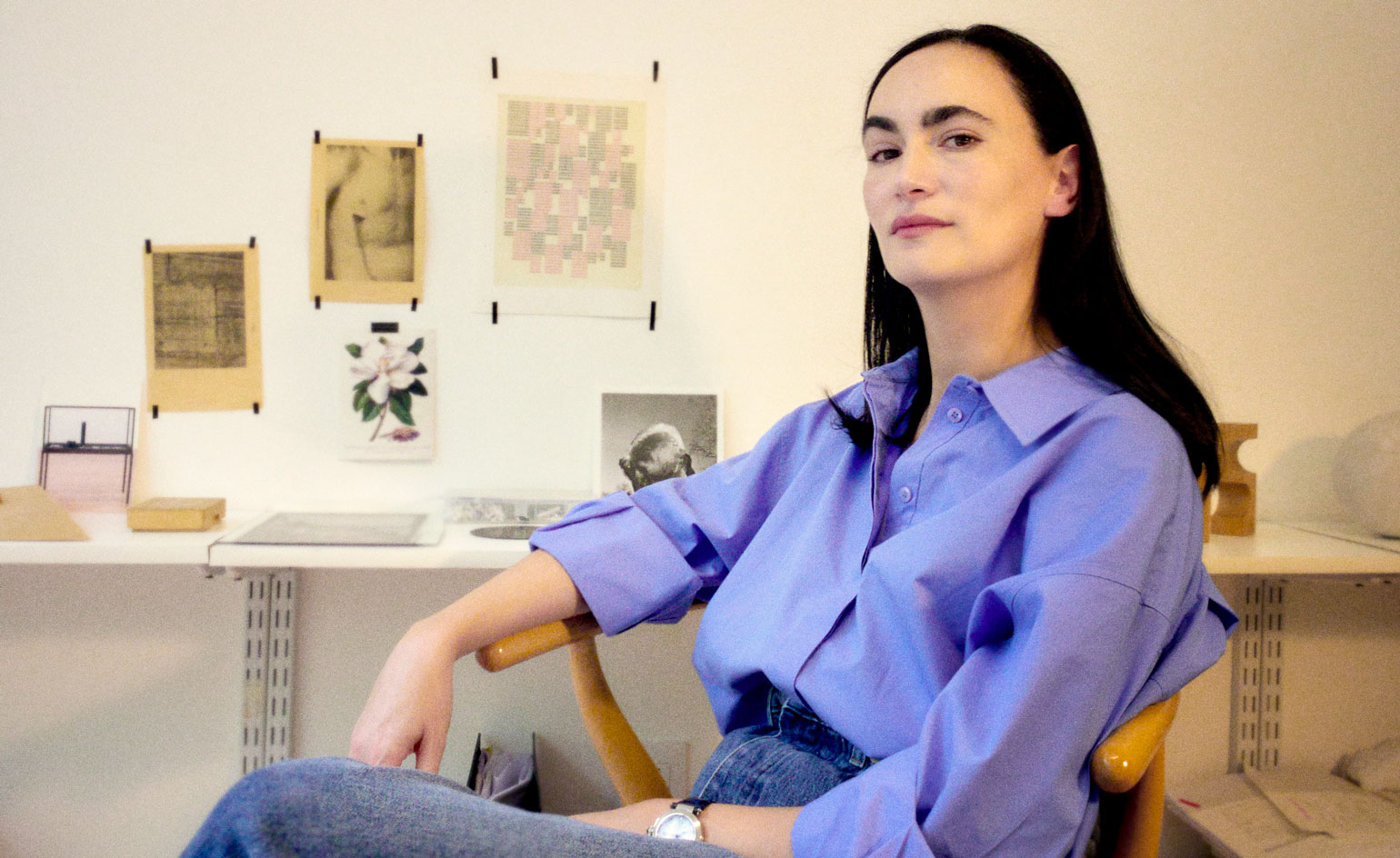
Celebrating International Women’s Day 2022 and Women’s History Month, we revisit our interview with Frida Escobedo, first published in the October 2021 issue of Wallpaper*. One of five visionaries invited to nominate five creative leaders of the future for ‘5x5’, Wallpaper’s 25th anniversary project, here, she introduces her female future champions.
Frida Escobedo is busy. While the pandemic slowed things down a bit for her and her Mexico City practice, also coinciding with a break from academic teaching, business is now picking up again. She currently has some 15 projects on the go, is about to travel to Europe to meet a client, and has been knee-deep prepping for a new design workshop she is about to lead at the Yale School of Architecture, kicking off in spring 2022. It is a stage of intense research and preparation, an incredibly demanding and rich period in an architect’s creative process that often remains unseen.
While disclosing competition wins and celebrating high profile completions with sleek, immaculate photography feels central to the day-to-day of architecture practice, these are only short moments in the daily operations of a busy office and reveal little of the highly involved process of building design. Most of the time is spent in quiet preparation – or frenzied drafting – with little output that is visible to the outside world. Escobedo is exactly in this ‘black box’ phase of architectural production, where her 17-strong practice is frenetically producing, all guns blazing, but it will be at least another year before the results of the next ‘big one’ reach the public.
Smaller scale works keep trickling through in between. Projects such as the Niddo Café, a flowing, green-tiled corner space in Mexico City’s Juárez neighbourhood, and a reflective, geometric installation for the Cartier store, hint at what goes on below the seemingly calm surface.
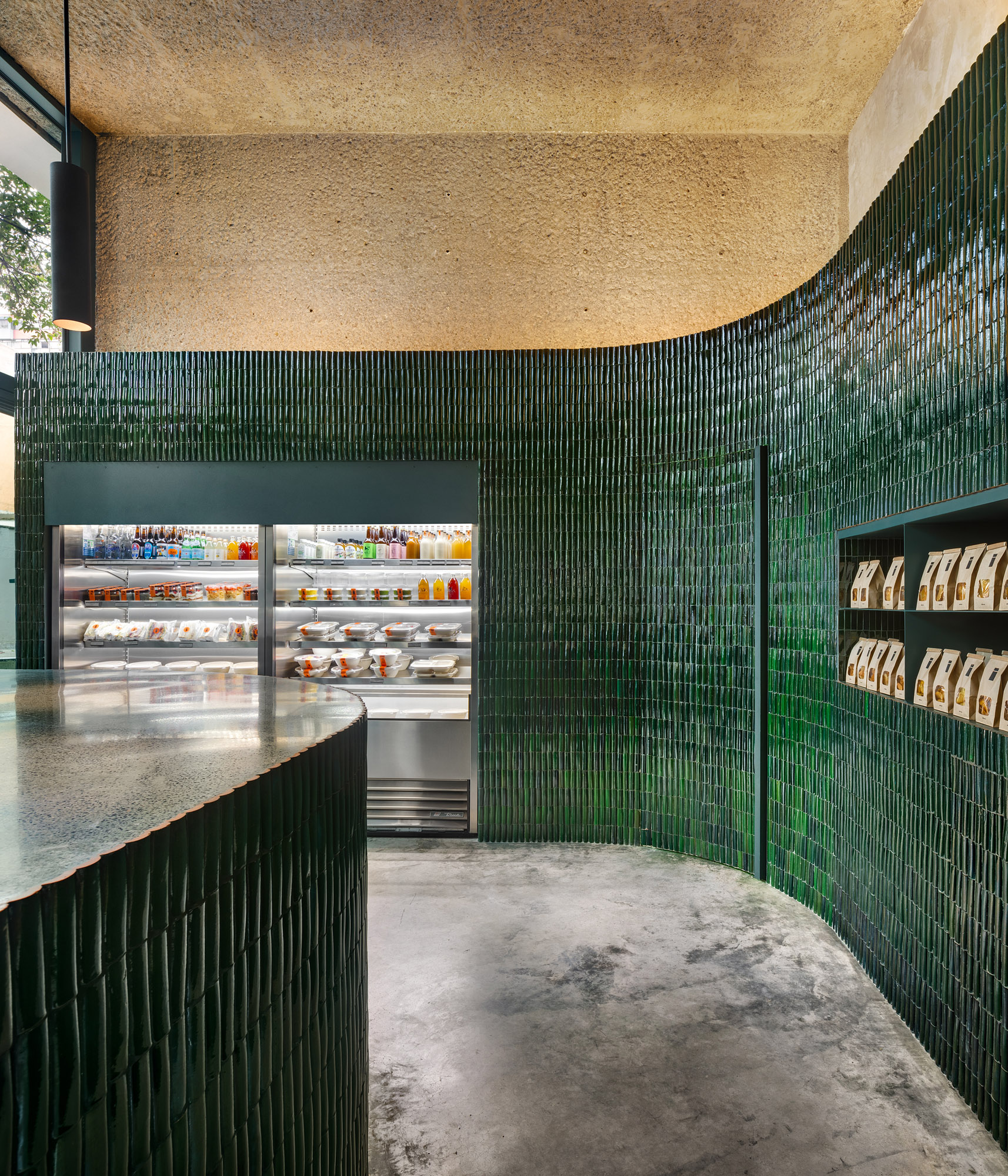
The green-tiled Niddo Café in Mexico City’s Juárez neighbourhood.
Escobedo founded her studio in 2006, but her widely acclaimed Serpentine Pavilion in London, unveiled in 2018, was a gamechanger for the practice. ‘I remember having a conversation very early on with Julie Burnell, who was in charge of coordinating the pavilion, and she said, “Things are going to change very drastically for you,”’ says Escobedo. ‘I didn’t believe it at the time, but she was right.’ The pavilion, small as it was, ended up becoming a tipping point and a seminal moment for generating new discourse, even though ‘it evaporates quickly’.
In the ensuing years, her practice has grown, slowly but steadily, and after a ‘slightly quieter’ first year, towards the end of 2019, phone calls and requests started pouring in. Now, her to-do list includes a public space project in San Francisco (‘I actually won it as an art commission, rather than an architecture one,’ she says). She puts down the creative freedom she’s been allowed to her being ‘treated as an artist’ in the project. ‘I could take more risks,’ she says. Completion is due in late 2022.
Another important one currently in the works is Ray Harlem, a mixed-use development in the New York neighbourhood for Russian art collector Dasha Zhukova’s new real estate company Ray. The scheme intersperses apartments with artist studios and co-working spaces, as well as, importantly, Harlem’s historic National Black Theatre – the whole scheme sits on the theatre’s original site. ‘The goal here was to connect the new community with the existing one and the artistic world of the theatre,’ says the architect.
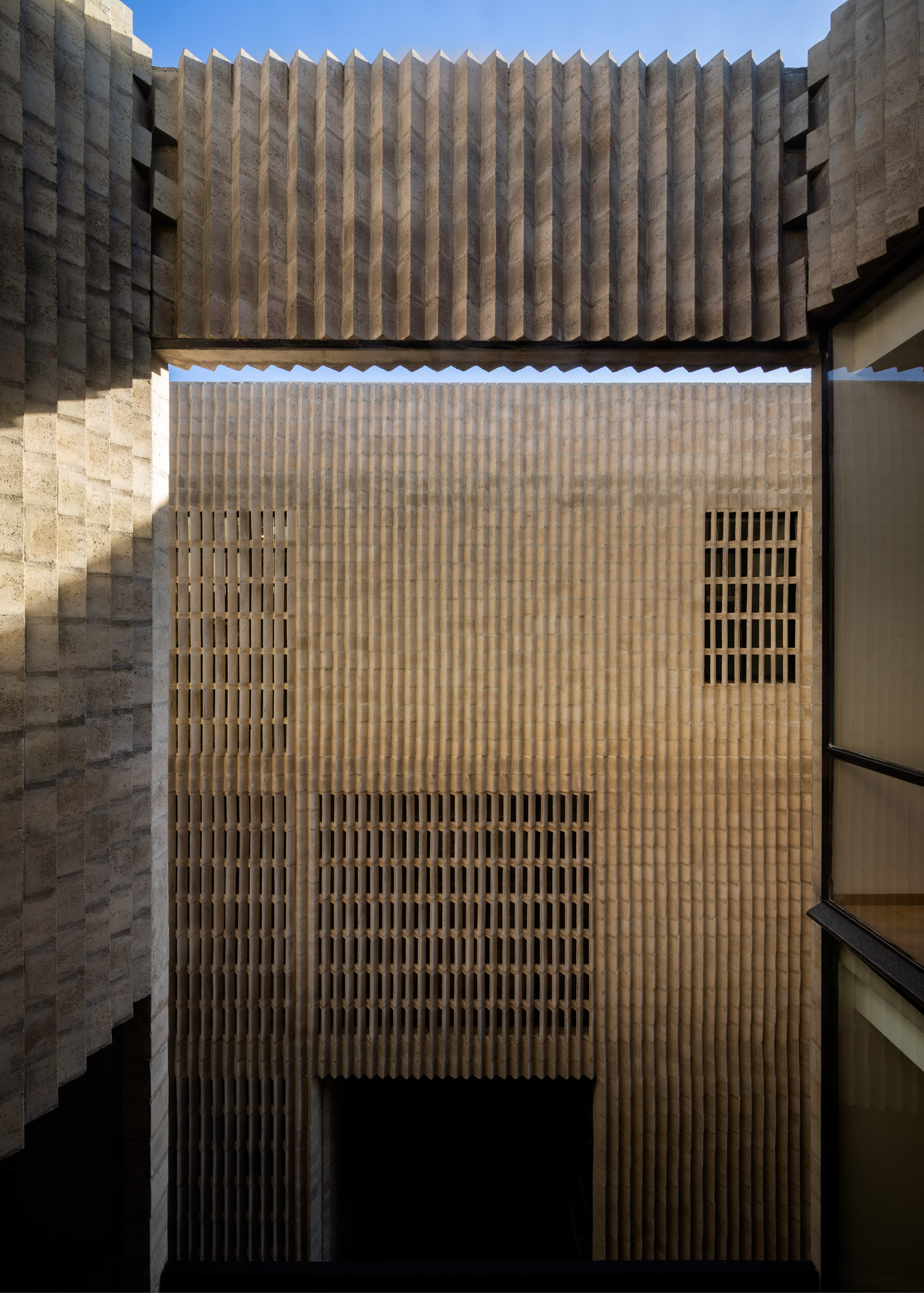
The Mar Tirreno residential complex in Mexico City, with its façade of undulating concrete blocks punctuated by latticework sections.
More large-scale commissions in development include a hospitality scheme for a European client with a strong sustainability angle, which allowed Escobedo and her team to explore upcycled materials (‘Thinking about the afterlife of a building broadened for me the spectrum of what architecture is,’ she says). Add to that, retail work, smaller scale residential projects (including some pro bono low-cost housing) and competition entries, and it becomes clear that, since the Serpentine job, Escobedo has been nothing if not prolific.
Looking at all her past and ongoing projects, another thing also becomes apparent; variety is important for Escobedo. ‘You have to pick your clients in a way that allows you to be yourself,’ she stresses. ‘Don’t depend on only one form of investor or client.’ Her academic work is an important part of this and allows her to explore areas of her profession that might be difficult to investigate through commercial relationships. Topics of past workshops that she has taught have included the life and potential of abandoned buildings, and the spatial representation of domestic workers.
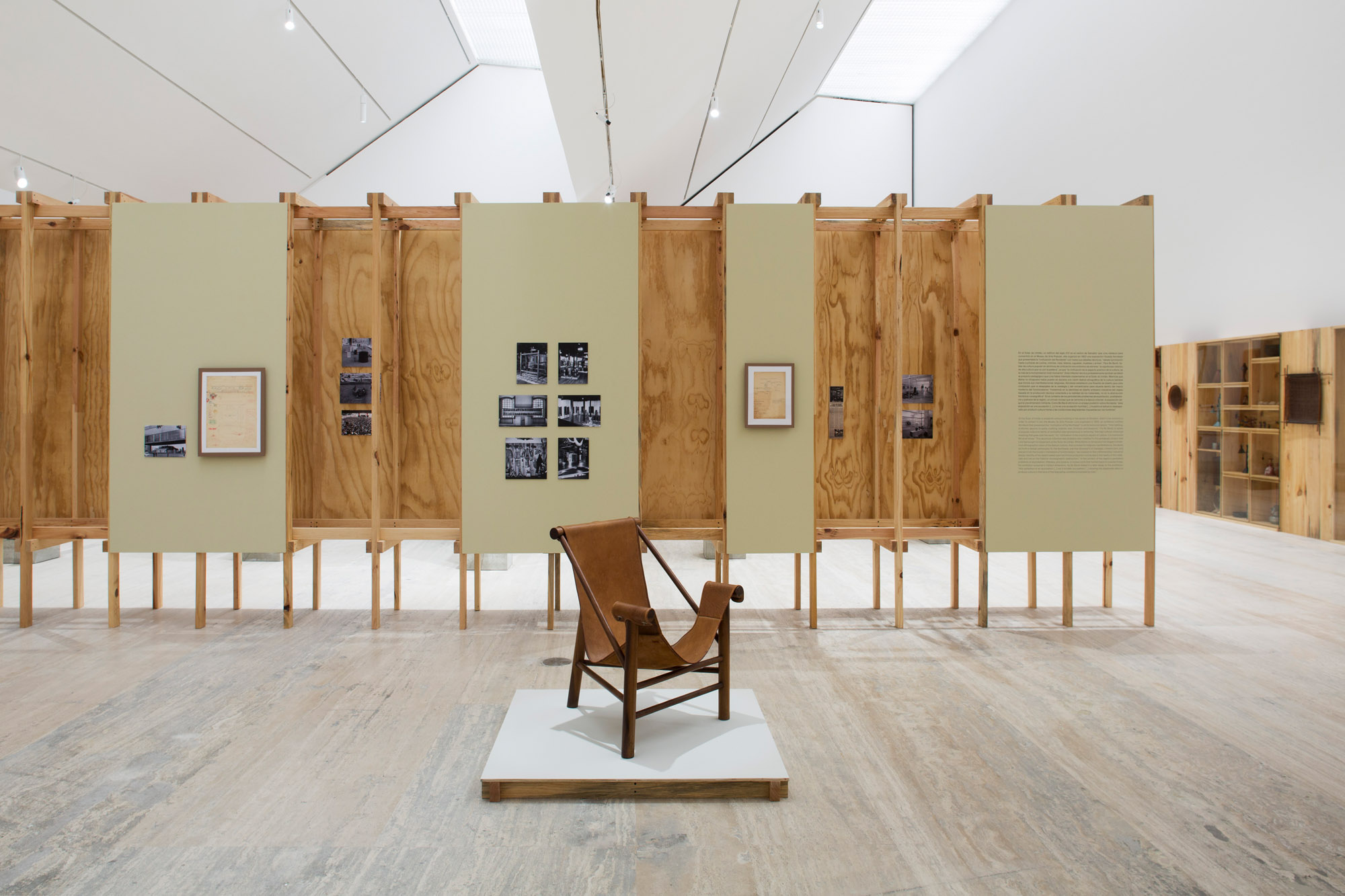
The ’Lina Bo Bardi: Habitat’ exhibition at Museo Jumex.
This idea of variety is part of the advice she offers to her students, too. ‘Make sure you understand who you are working for,’ she tells them. ‘Having a more diverse practice has allowed me to distance myself from the economic pressures of being an architect. If, for example, I only did residential, the amount of pressure I would get from developers would restrict my practice. Now I have more wiggle room. It may be riskier, but it opens the door to more interesting work.’ She hastens to add: ‘I have generally been very intuitive about it, but I found that older generations felt they had to build a career that had a well-defined expertise in something specific, whereas newer generations tend to be much more flexible on that front.’
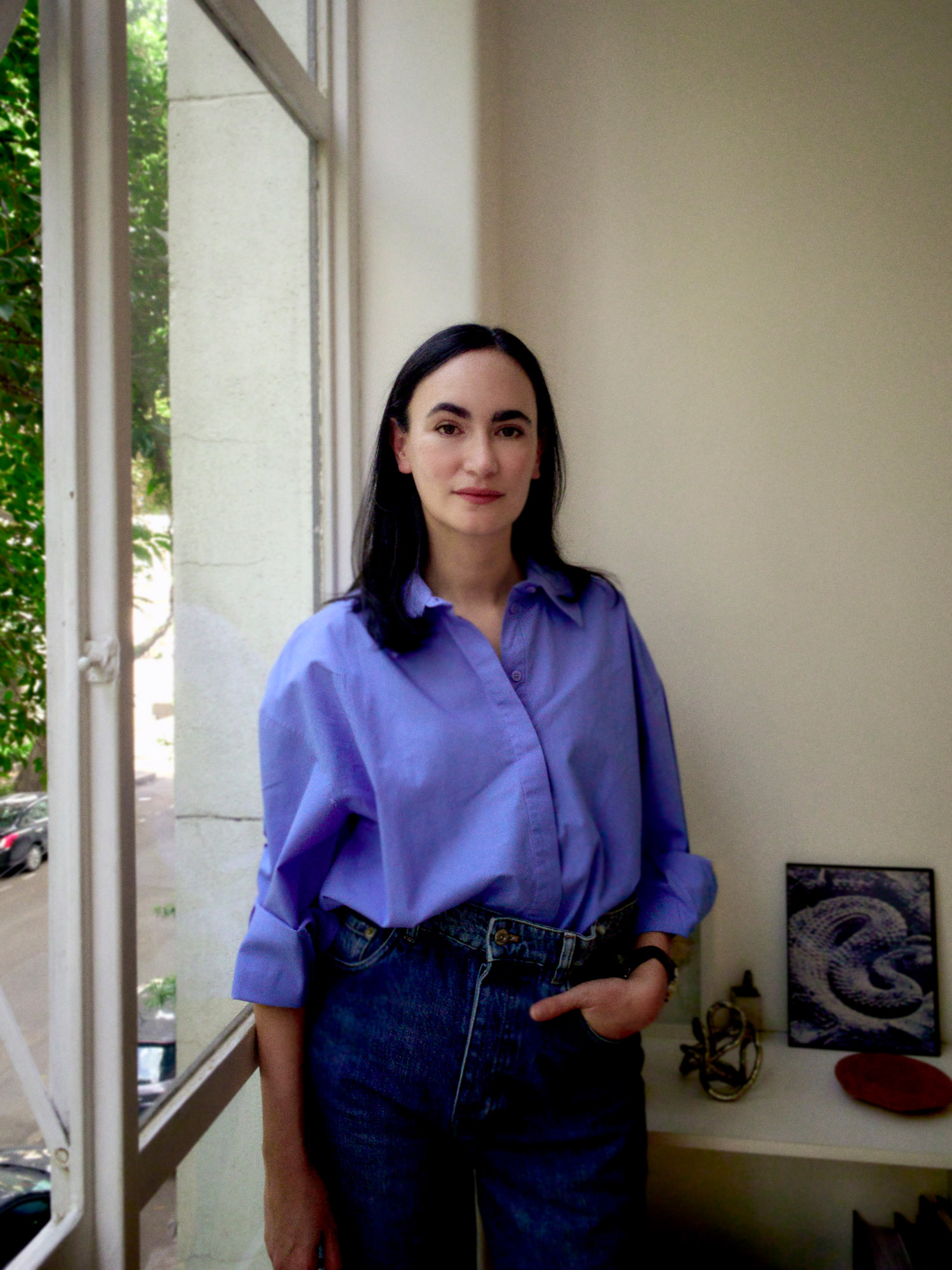
Frida Escobedo, photographed by Caroline Tompkins on 16 August 2021 at her Mexico City studio.
Championing female architects
Escobedo’s recommendations for five creative talents to celebrate in Wallpaper’s 25th Anniversary Issue follow a similar vein, supporting diversity while championing female architects. ‘I didn’t set out to only suggest women, but I realised that all the names that came to mind were female,’ she says. ‘They are all extraordinary architects. But I also feel they face a challenge and don’t have the same opportunities as their male counterparts. And they still create very interesting work that does not align with the typical patriarchal values. It has to do with collaboration, with understanding the community, with a more poetic sensibility – things that I feel are very valuable in architecture but are not necessarily valued.’
Her list includes the Rio de Janeiro-based Carla Juaçaba, whom Escobedo met while the Brazilian was exhibiting at the Liga showroom in Mexico City; fellow Mexican Gabriela Carrillo, partner at Taller Rocha + Carrillo (which she established with Mauricio Rocha) until 2019, and now a solo practitioner; Nigerien Mariam Kamara of Atelier Masōmī, and her explorations of locally produced, African materials; Bangladeshi architect Marina Tabassum; and Chicago visual artist Amanda Williams.
They are all respected and distinguished in the field, yet perhaps still somewhat lesser known to a wider, non-specialised audience. Their dynamism and creativity touches upon many critical issues of our time, from sustainability and locality to inclusion, and they all navigate different scales and typologies with ease and skill, injecting hope and diversity to the future of architecture. Escobedo smiles: ‘Despite any obstacles, they still flourish.’
Meet Frida Escobedo’s five creative leaders of the future:
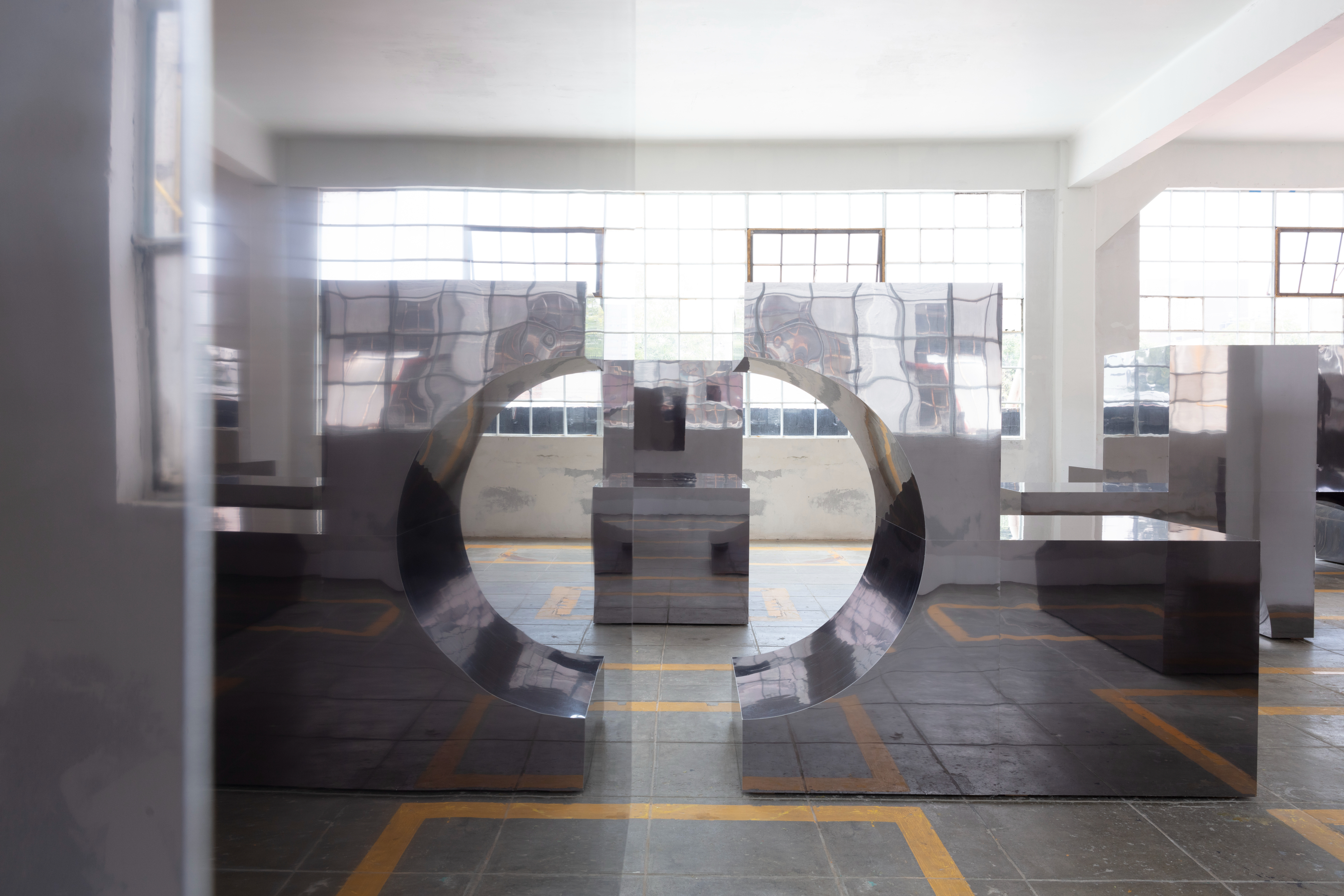
INFORMATION
Wallpaper* Newsletter
Receive our daily digest of inspiration, escapism and design stories from around the world direct to your inbox.
A version of this article first appeared in the October 2021, 25th Anniversary Issue of Wallpaper* (W*270). Subscribe today!
Ellie Stathaki is the Architecture & Environment Director at Wallpaper*. She trained as an architect at the Aristotle University of Thessaloniki in Greece and studied architectural history at the Bartlett in London. Now an established journalist, she has been a member of the Wallpaper* team since 2006, visiting buildings across the globe and interviewing leading architects such as Tadao Ando and Rem Koolhaas. Ellie has also taken part in judging panels, moderated events, curated shows and contributed in books, such as The Contemporary House (Thames & Hudson, 2018), Glenn Sestig Architecture Diary (2020) and House London (2022).
-
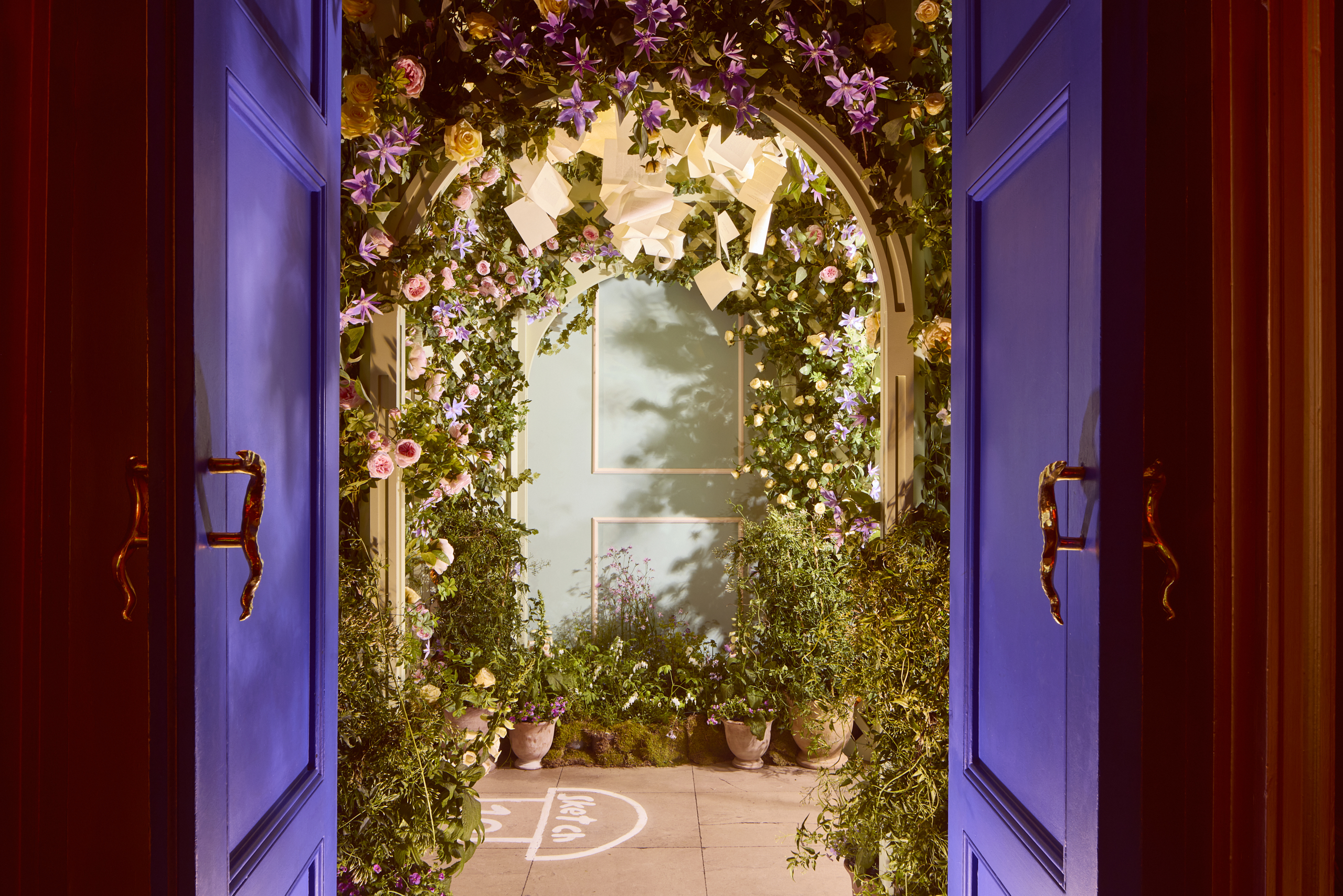 Sketch transforms into an English garden in celebration of Jane Austen’s 250th birthday
Sketch transforms into an English garden in celebration of Jane Austen’s 250th birthdayThe 11th edition of ‘Sketch in Bloom’ nods to the most notable works of Jane Austen with budding floral installations and a quintessentially English afternoon tea
-
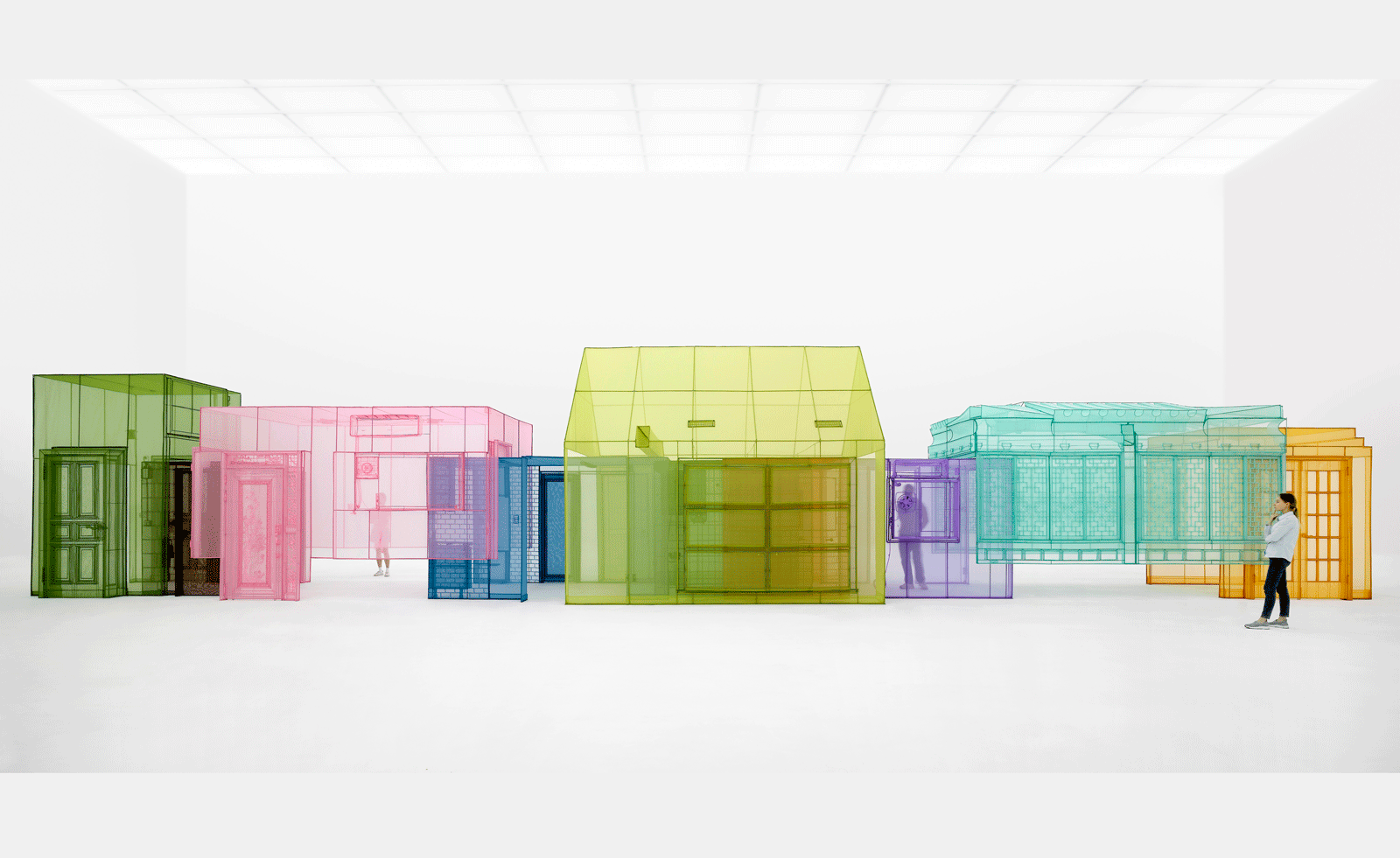 Do Ho Suh is searching for home in a major new exhibition at the Tate Modern
Do Ho Suh is searching for home in a major new exhibition at the Tate ModernDo Ho Suh's exhibition, 'Walk the House' at Tate Modern, sees the South Korean artist recreate his homes from Seoul, New York, London and Berlin.
-
 We Are Rewind introduces Edith, the newest edition of its reworked portable audio player
We Are Rewind introduces Edith, the newest edition of its reworked portable audio playerChampions of cassette tape now have another outlet for their analogue fetish. The Edith WE-001 is a recording portable tape player with a bold palette and modern technology
-
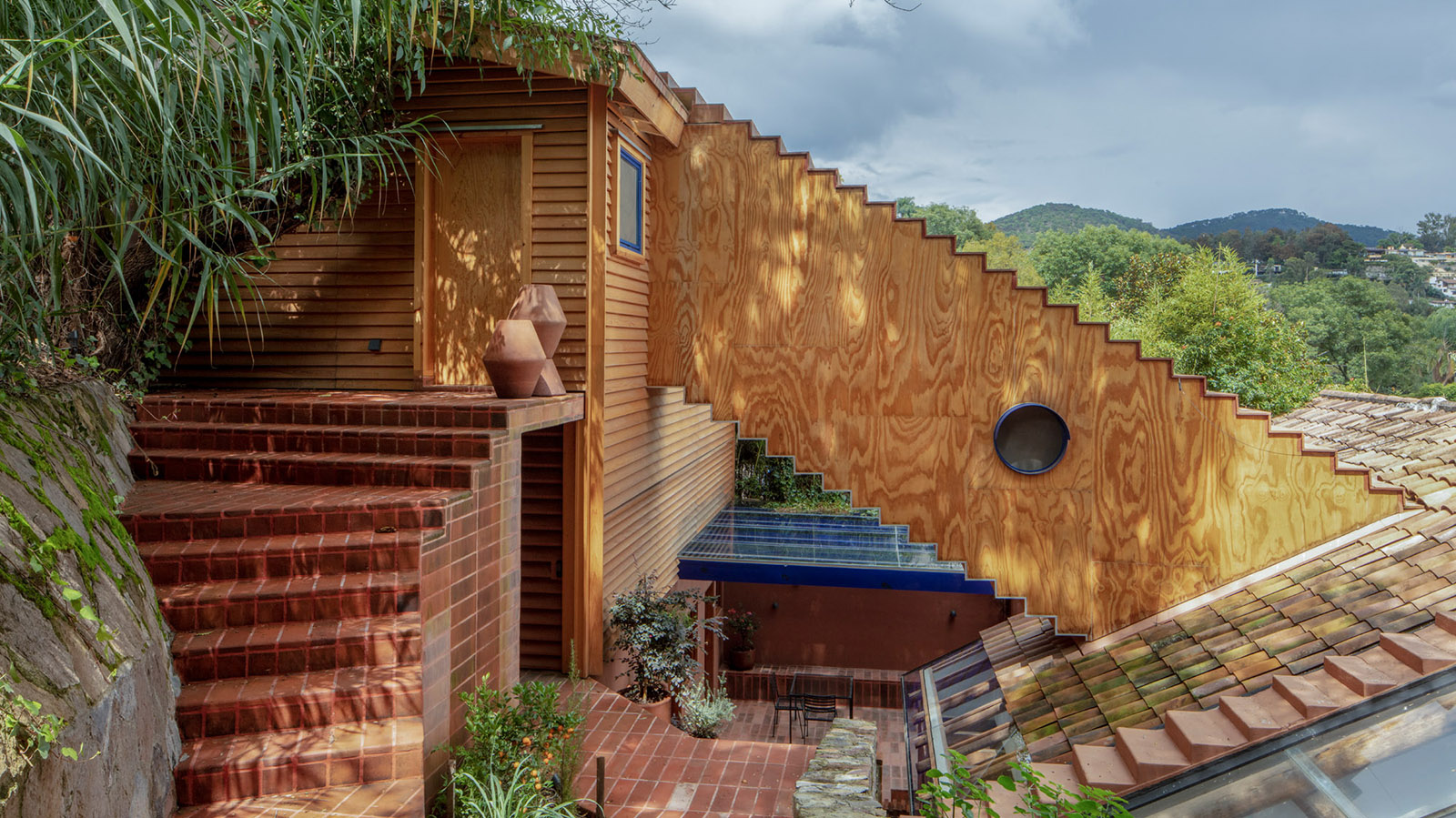 Pedro y Juana's take on architecture: 'We want to level the playing field’
Pedro y Juana's take on architecture: 'We want to level the playing field’Mexico City-based architects Pedro y Juana bring their transdisciplinary, participatory approach to the Mexico pavilion at the Venice Architecture Biennale 2025; find out more
-
 Tour the wonderful homes of ‘Casa Mexicana’, an ode to residential architecture in Mexico
Tour the wonderful homes of ‘Casa Mexicana’, an ode to residential architecture in Mexico‘Casa Mexicana’ is a new book celebrating the country’s residential architecture, highlighting its influence across the world
-
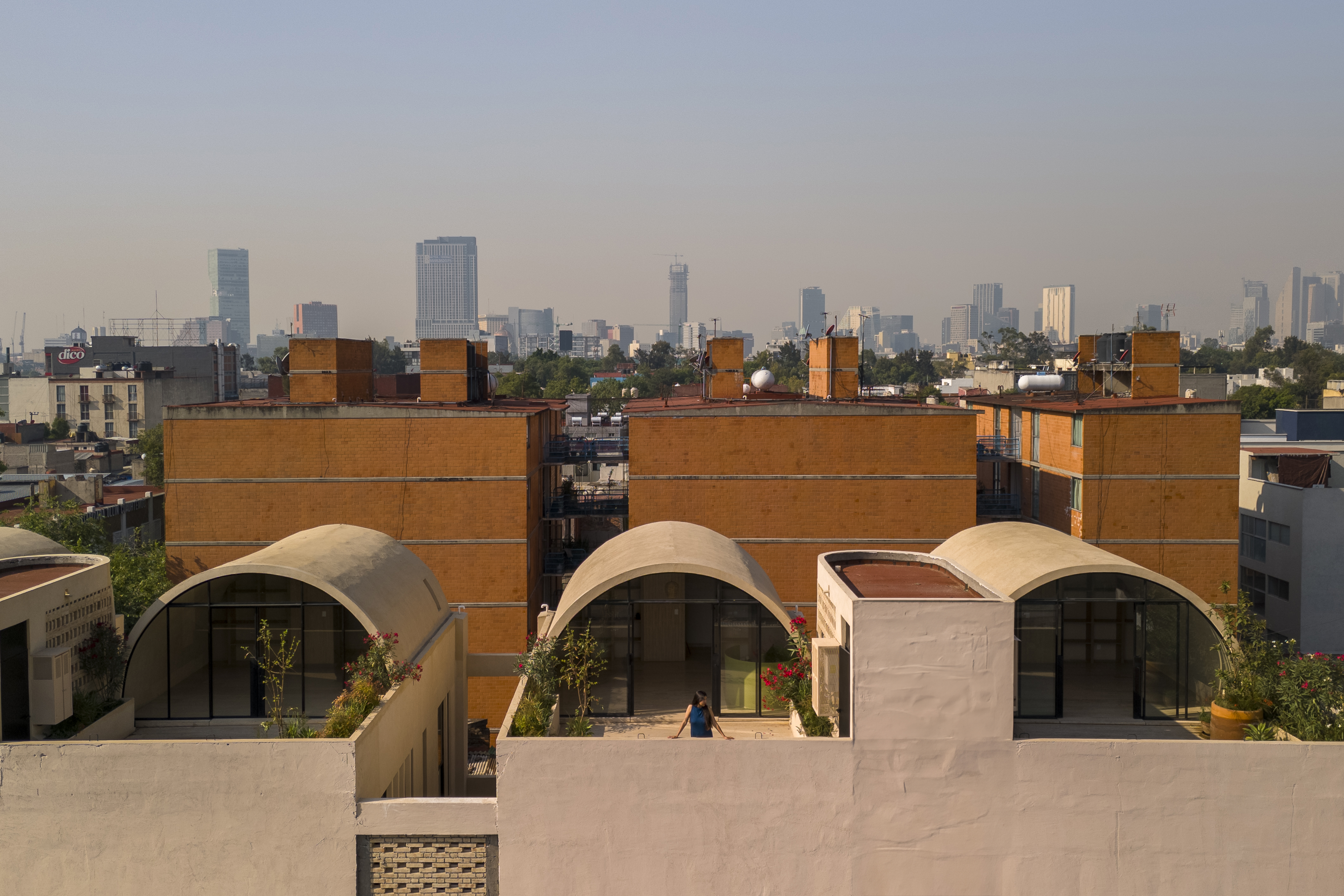 A barrel vault rooftop adds drama to these homes in Mexico City
A barrel vault rooftop adds drama to these homes in Mexico CityExplore Mariano Azuela 194, a housing project by Bloqe Arquitetura, which celebrates Mexico City's Santa Maria la Ribera neighbourhood
-
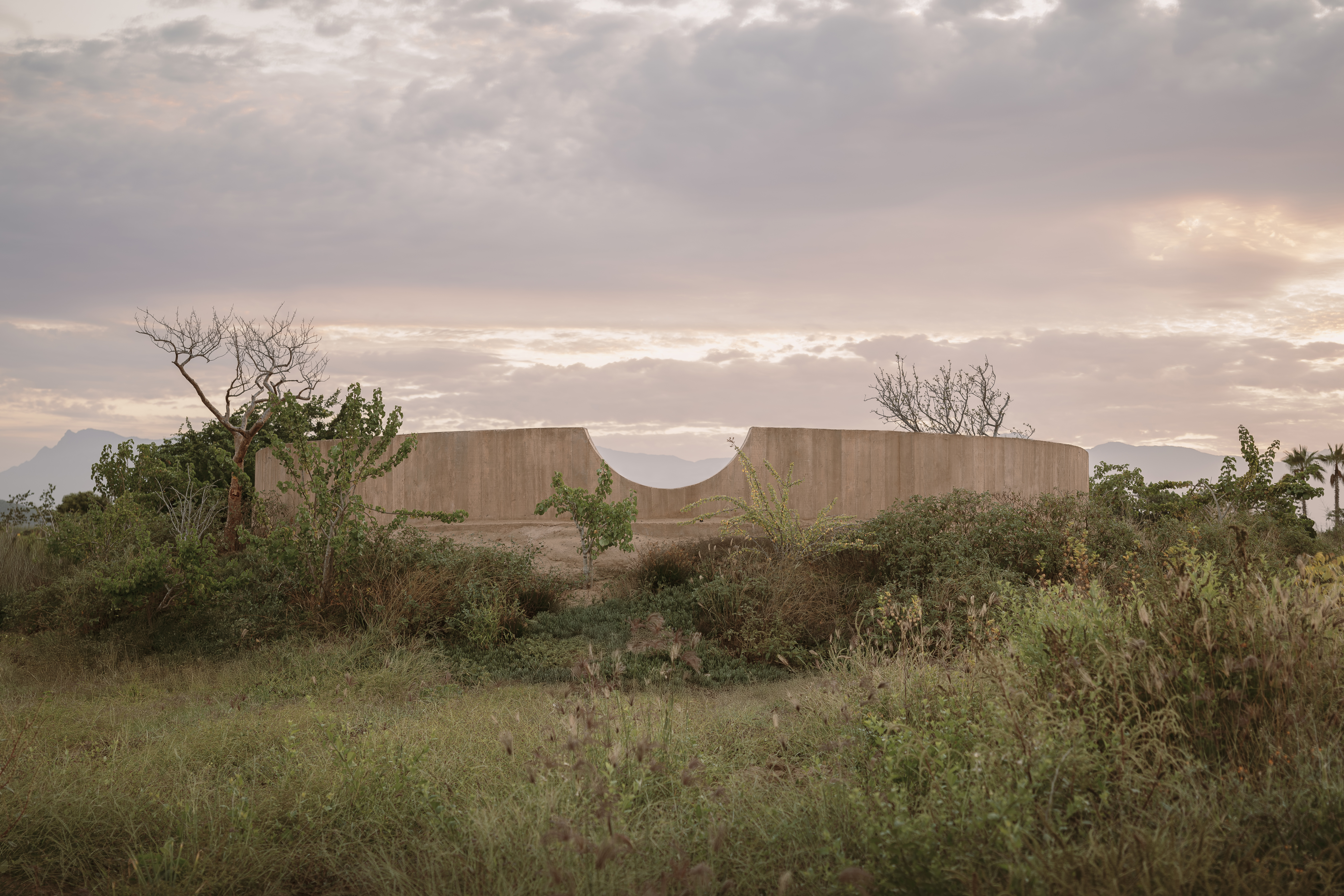 Explore a minimalist, non-religious ceremony space in the Baja California Desert
Explore a minimalist, non-religious ceremony space in the Baja California DesertSpiritual Enclosure, a minimalist, non-religious ceremony space designed by Ruben Valdez in Mexico's Baja California Desert, offers flexibility and calm
-
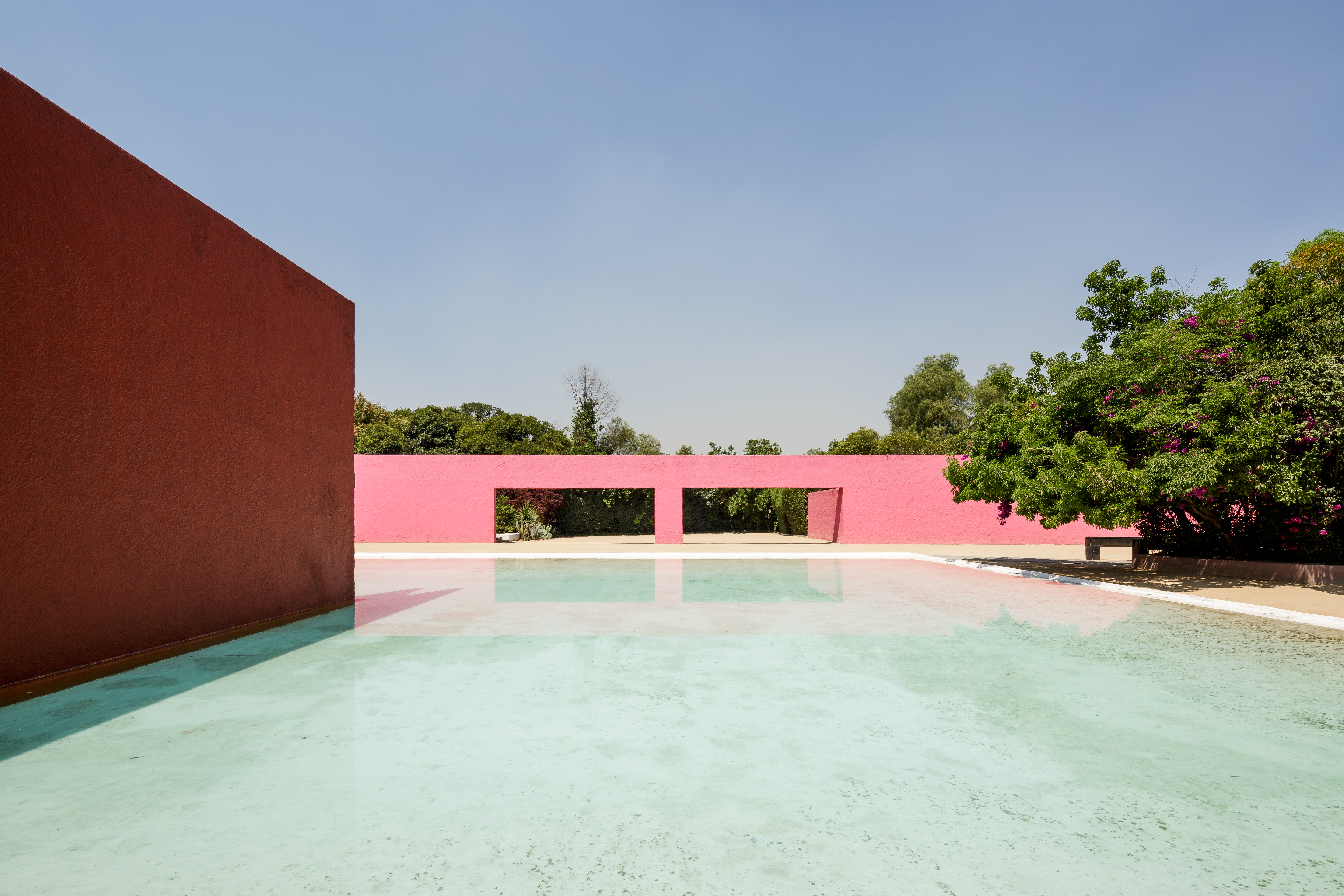 La Cuadra: Luis Barragán’s Mexico modernist icon enters a new chapter
La Cuadra: Luis Barragán’s Mexico modernist icon enters a new chapterLa Cuadra San Cristóbal by Luis Barragán is reborn through a Fundación Fernando Romero initiative in Mexico City; we meet with the foundation's founder, architect and design curator Fernando Romero to discuss the plans
-
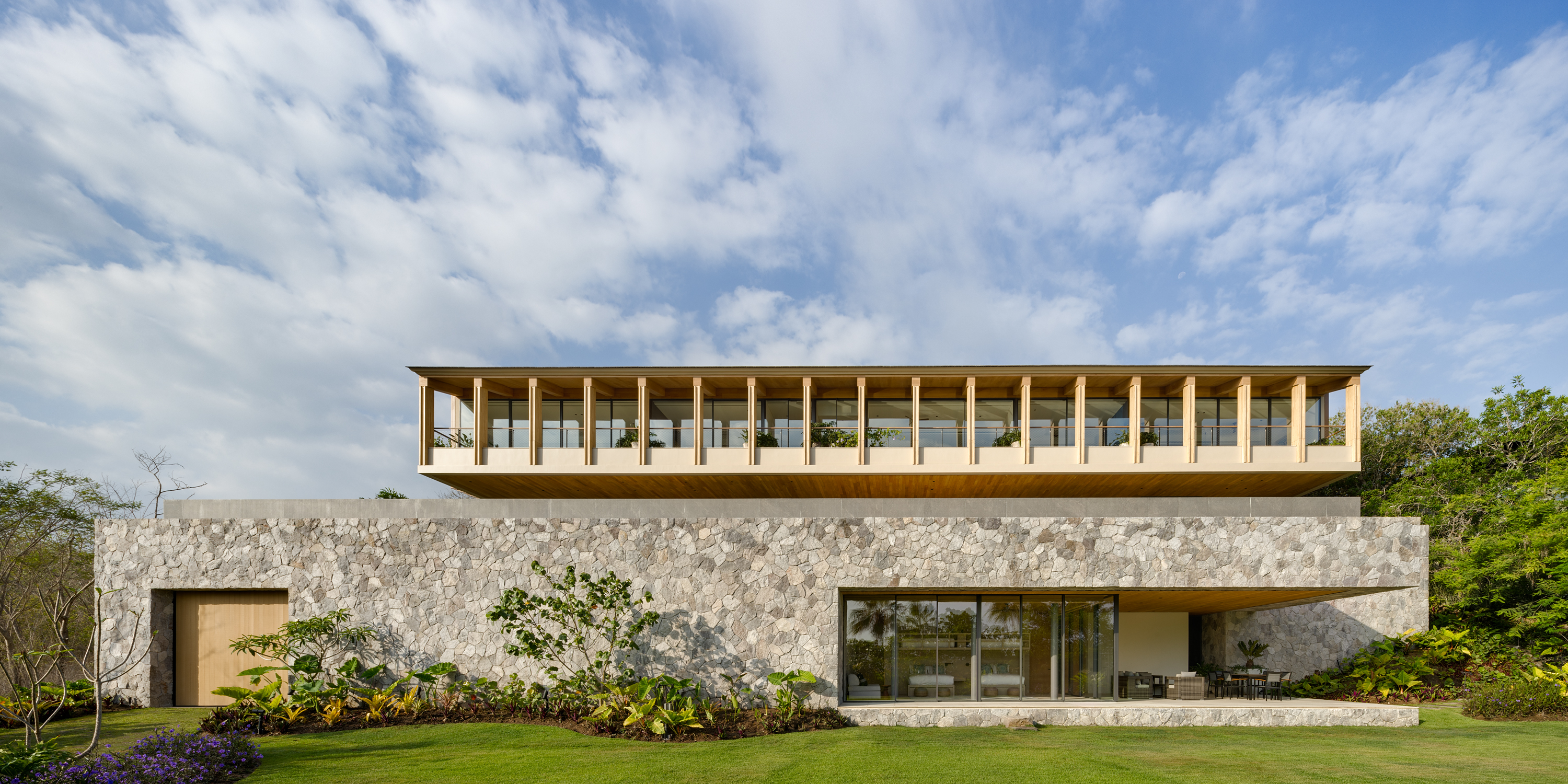 Enjoy whale watching from this east coast villa in Mexico, a contemporary oceanside gem
Enjoy whale watching from this east coast villa in Mexico, a contemporary oceanside gemEast coast villa Casa Tupika in Riviera Nayarit, Mexico, is designed by architecture studios BLANCASMORAN and Rzero to be in harmony with its coastal and tropical context
-
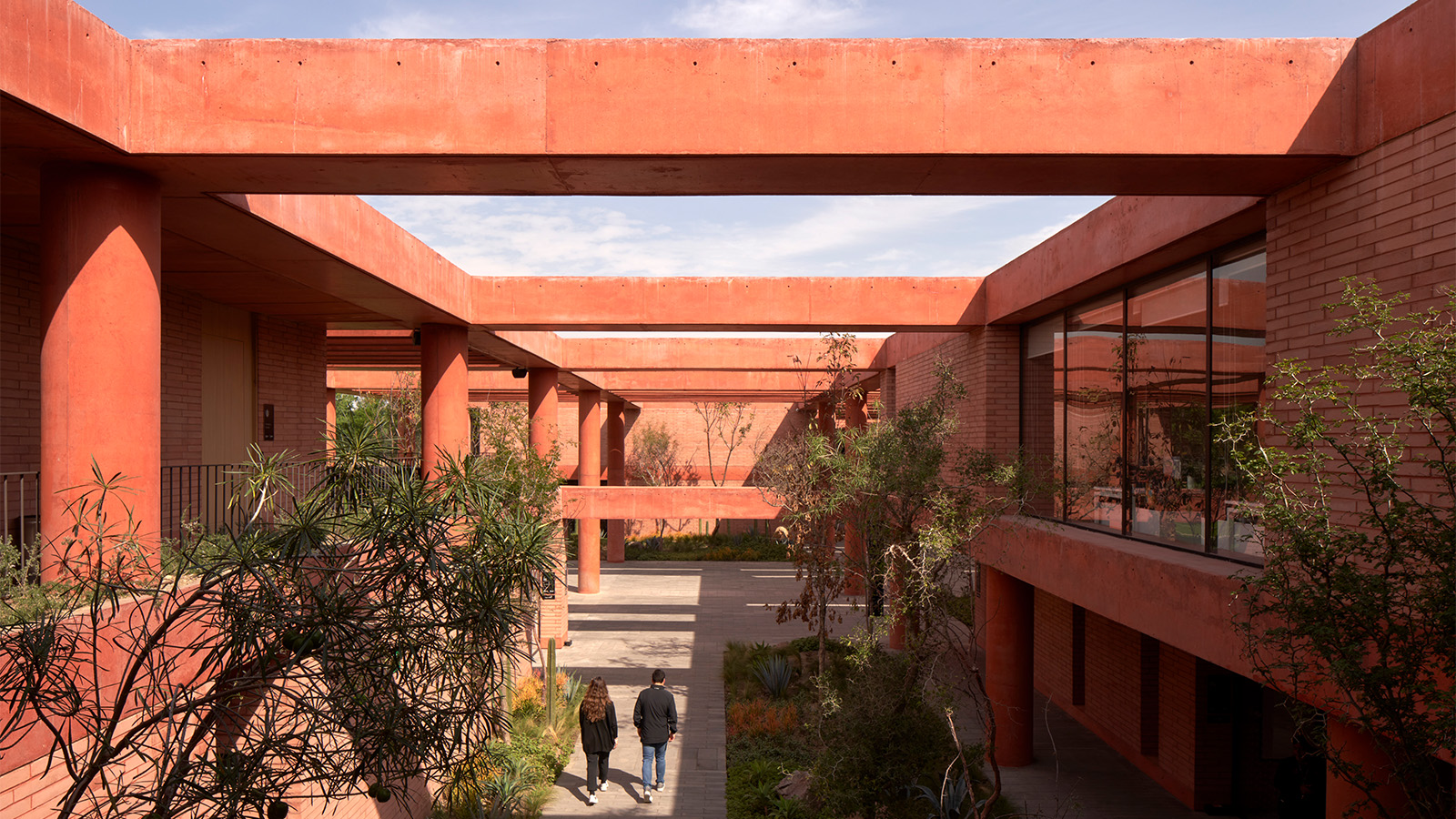 Mexico's long-lived football club Atlas FC unveils its new grounds
Mexico's long-lived football club Atlas FC unveils its new groundsSordo Madaleno designs a new home for Atlas FC; welcome to Academia Atlas, including six professional football fields, clubhouses, applied sport science facilities and administrative offices
-
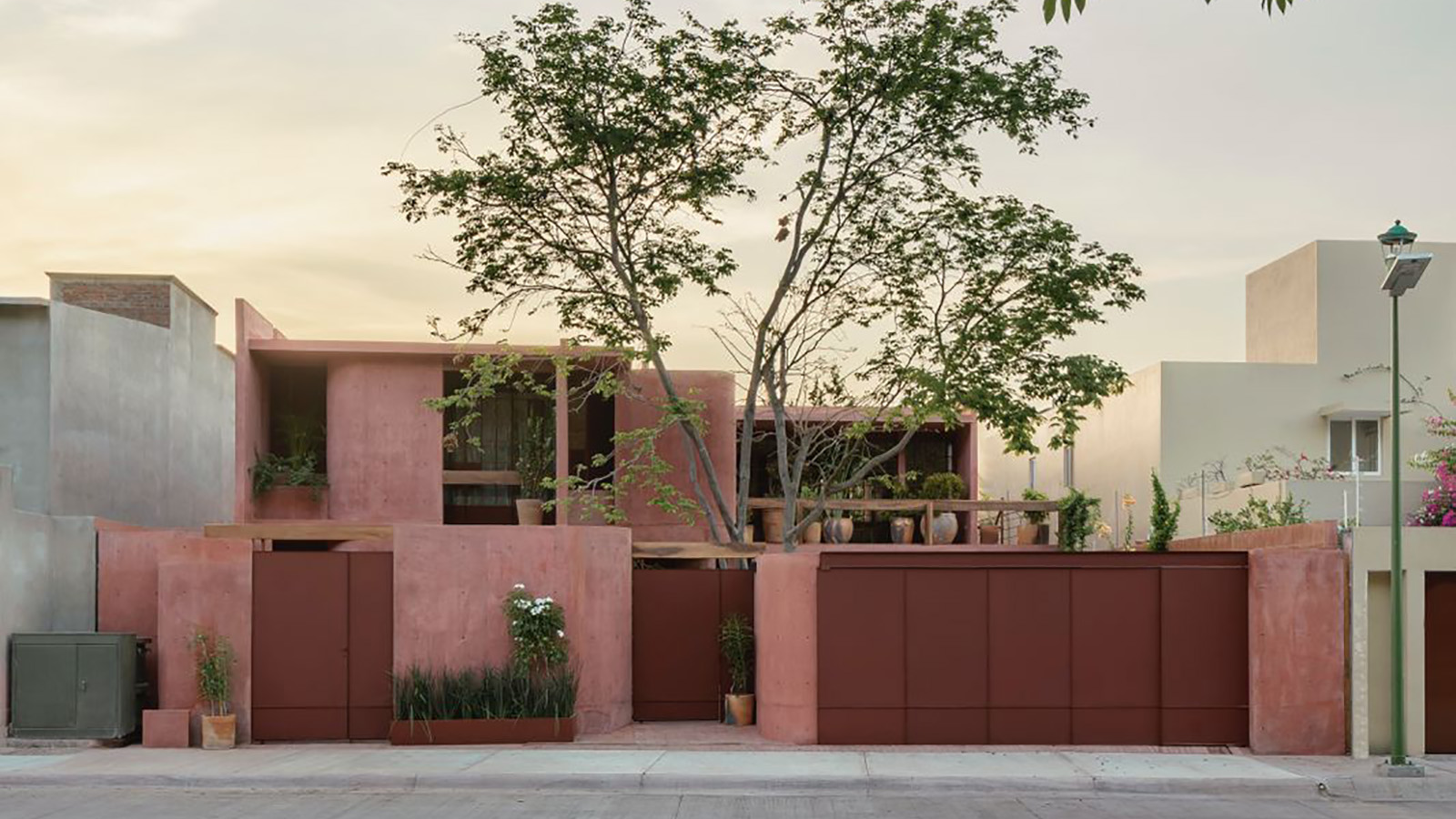 Discover Casa Roja, a red spatial exploration of a house in Mexico
Discover Casa Roja, a red spatial exploration of a house in MexicoCasa Roja, a red house in Mexico by architect Angel Garcia, is a spatial exploration of indoor and outdoor relationships with a deeply site-specific approach